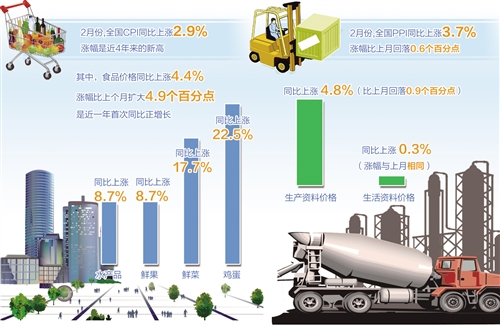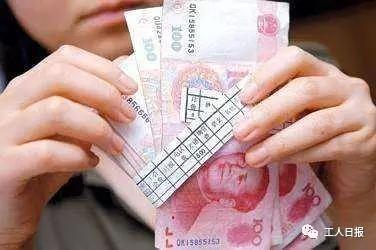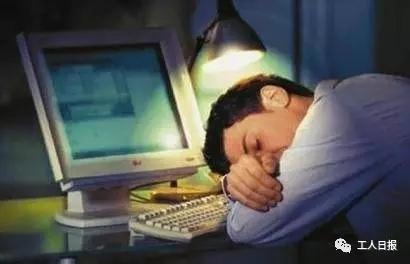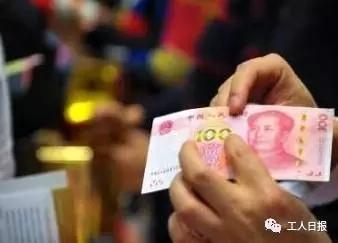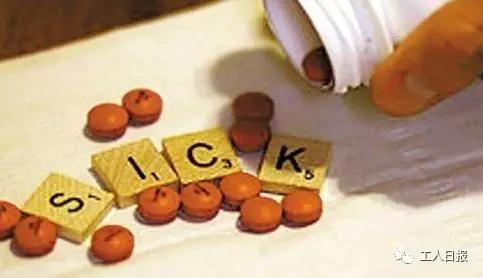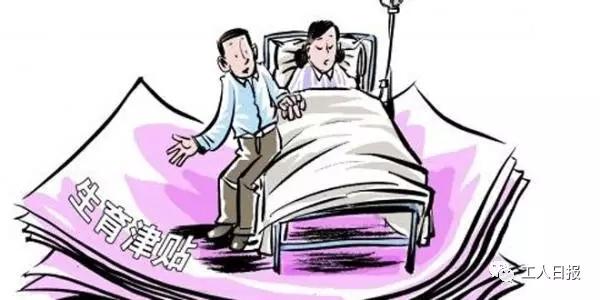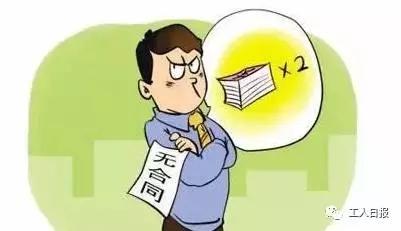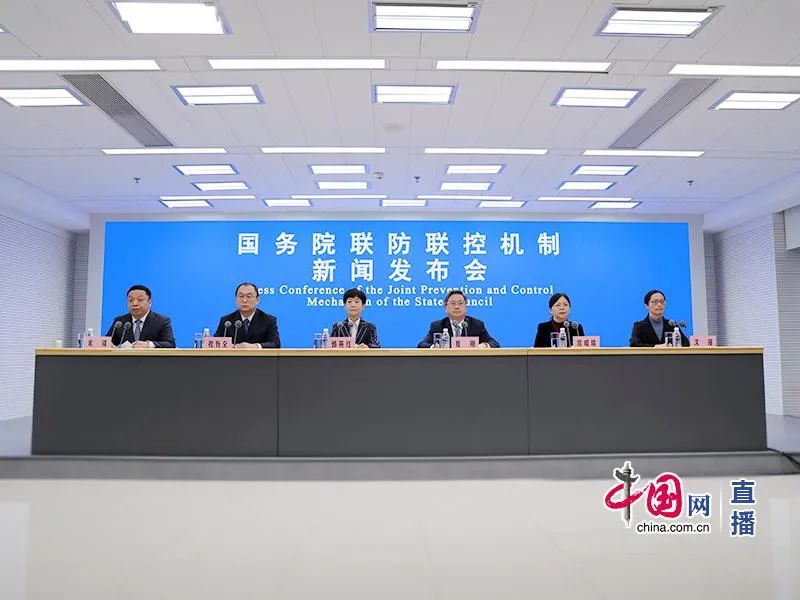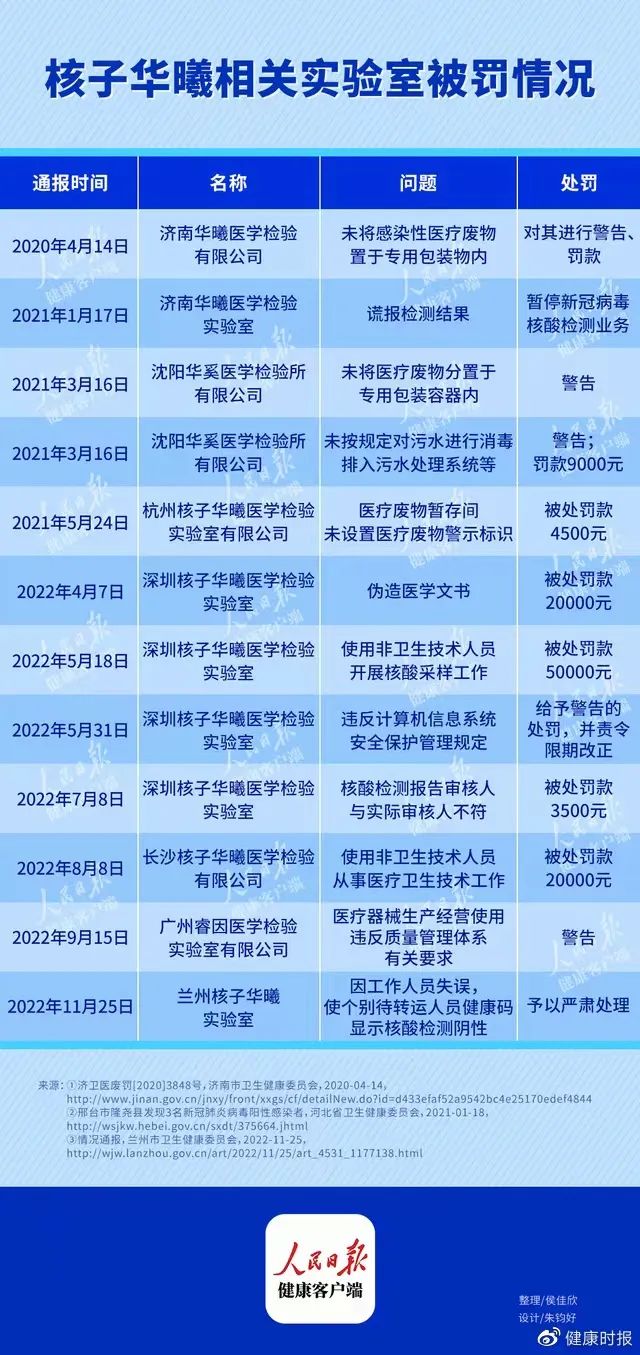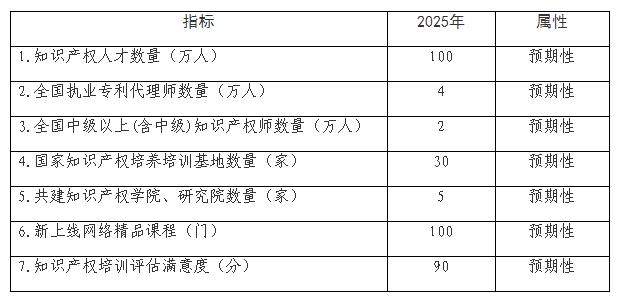In 2012, faced with the severe and complicated economic situation, the Municipal Party Committee and the Municipal Government United and led the people of the whole city to thoroughly implement the Scientific Outlook on Development. Driven by the victory of the 18th National Congress, and in accordance with the general requirements of "stabilizing growth and promoting revitalization", the four key tasks of "deepening reform, promoting innovation, upgrading civilization and improving people’s livelihood" were solidly promoted. The city’s economy and society continued to maintain steady and rapid development, and new achievements were made in the revitalization of old industrial bases.
I. Economic aggregate
According to preliminary accounting, the gross domestic product (GDP) of the whole year was 660.68 billion yuan, an increase of 10.0% over the previous year at comparable prices. Among them, the added value of the primary industry was 31.52 billion yuan, an increase of 5.1%; The added value of the secondary industry was 338.91 billion yuan, an increase of 11.4%; The added value of the tertiary industry was 290.25 billion yuan, an increase of 8.9%. According to the resident population, the per capita GDP was 80,532 yuan, an increase of 9.2%.
Second, agriculture, forestry, animal husbandry and fishery
The total output value of agriculture, forestry, animal husbandry and fishery was 60.33 billion yuan, an increase of 5.4% over the previous year. Among them, the output value of planting industry is 24.24 billion yuan, the output value of forestry is 1.05 billion yuan, the output value of animal husbandry is 30.45 billion yuan, the output value of fishery is 2.47 billion yuan, and the output value of agriculture, forestry, animal husbandry and fishery service industry is 2.12 billion yuan.
The planting area of crops in the city is 667,000 hectares, including 503,000 hectares of grain crops. The total grain output was 4.007 million tons, achieving a bumper harvest for nine consecutive years, including 1.055 million tons of rice and 2.764 million tons of corn. The fruit output was 244,000 tons, an increase of 15.5% over the previous year; The vegetable output was 5.018 million tons, an increase of 8.4%; The total output of meat was 999,000 tons, up by 9.0%, of which pigs, cattle and mutton increased by 5.9%, 11.2% and 8.9% respectively. The output of poultry eggs was 749,000 tons, an increase of 8.2%; The milk output was 481,000 tons, an increase of 7.6%.
The total power of agricultural machinery in the year was 3.263 million kilowatts, an increase of 4.3% over the previous year. The application amount of agricultural chemical fertilizer (converted to pure) is 200,000 tons, and the plastic film coverage area is 57,000 hectares.
There are 917 leading enterprises in agricultural industrialization above designated size in the city, including 60 key leading enterprises at or above the provincial level. Farmers’ professional cooperatives reached 3,399, driving 270,000 farmers. Transforming 67,000 hectares of low-and medium-yield fields; The agricultural area of newly-built facilities is 14,000 hectares, reaching a total of 127,000 hectares; The area of high-efficiency characteristic agriculture has reached 218,000 hectares. Strive to create 94 national demonstration areas for high yield of corn and rice, an increase of 29 over the previous year. 93 new rural drinking water safety projects were built. By the end of 2012, 60 townships had reached the standard of "one township and one industry", and the number of specialized villages with "one village and one industry" had grown to 920.
Output of main livestock and poultry products and aquatic products
product name?
unit?
yield?
Growth (%)?
Total output of meat
Ten thousand tons
99.9
9.0
# Pig, beef and mutton
Ten thousand tons
64.8
7.6
Milk yield
Ten thousand tons
48.1
7.6
Egg yield
Ten thousand tons
74.9
8.2
Number of live pigs slaughtered
Wantou
569.1
6.1
Number of cattle slaughter
Wantou
126.2
12.7
Number of sheep slaughtered
Ten thousand
99.5
9.3
Year-end pig population
Wantou
363.7
5.7
Number of cattle at the end of the year
Wantou
107.3
8.1
Number of sheep at the end of the year
Ten thousand
84.6
7.4
Aquatic product output
Ten thousand tons
18.7
5.6
III. Industry and Construction Industry
The added value of industrial enterprises above designated size was 330.47 billion yuan, an increase of 11.0% over the previous year. Among them, the added value of heavy industry was 240.06 billion yuan, an increase of 10.9%; The added value of light industry was 90.41 billion yuan, up by 11.2%. The added value of equipment manufacturing industry reached 153.18 billion yuan, up by 12.6%, accounting for 46.4% of the added value of industrial enterprises above designated size in the city. The five dominant industries, such as automobiles and parts, building products, agricultural and sideline products processing, chemical products manufacturing, steel and nonferrous metal smelting and calendering, achieved an added value of 149.68 billion yuan, an increase of 13.8%. The added value of high-tech products in industries above designated size reached 138.98 billion yuan, up by 14.0%, accounting for 42.1% of the added value of industries above designated size in the city. The delivery value of industrial export products was 28.29 billion yuan, up by 17.5%.
Industrial enterprises above designated size in the city realized a total profit and tax of 109.97 billion yuan, an increase of 13.9% over the previous year; The total profit was 71.61 billion yuan, up by 13.2%. The comprehensive index of industrial economic benefits was 354.34%, an increase of 23.56 percentage points over the previous year; The production and sales rate of industrial products was 98.7%, down by 0.4 percentage points.
Output of major industrial products
product name?
unit?
yield?
Growth (%)?
automobile
unit
832591
16.4
# zhonghua car
unit
154730
24.9
Bmw car
unit
128871
31.5
Automobile engine
Ten thousand kilowatts
4826
9.8
metal cutting machine tool
platform
67327
-32.2
# CNC machine tool
platform
22246
-29.4
Mining special equipment
ton
220667
-11.6
Special cement equipment
ton
55399
-33.9
Metal smelting equipment
ton
66497
-6.1
lead-acid battery
Kilowatt hour
353
9.9
conveying machinery
ton
252226
-16.3
transformer
KVA
9841
-0.8
colour television set
Wantai
426
17.7
Chemical raw materials
ton
23780
-11.5
Tire casing
Wantiao
503
5.1
Aluminum
ton
37268
6.4
beer
kilolitre (kl)
1106614
5.7
dairy produce
ton
808414
2.5
soft drinks
Ten thousand tons
301
5.9
The added value of the city’s construction industry was 33.62 billion yuan, up 9.2% over the previous year. The total output value of construction enterprises above the qualification level was 174.12 billion yuan, an increase of 20.3%; According to the total output value of the construction industry, the total labor productivity was 234,000 yuan/person, an increase of 25.1% over the previous year.
IV. Investment in fixed assets
The annual investment in fixed assets was 562.54 billion yuan, an increase of 23.3% over the previous year. From the perspective of investors, the state-owned economy invested 103.51 billion yuan, an increase of 23.7%; The economic investment of foreign businessmen and Hong Kong, Macao and Taiwan was 92.82 billion yuan, up by 10.6%. Private investment was 366.38 billion yuan, an increase of 27.0%. From the perspective of industrial distribution, the investment in the primary industry was 9.4 billion yuan, an increase of 28.8%; Investment in the secondary industry was 191.58 billion yuan, up by 22.2%, of which industrial investment was 186.41 billion yuan, up by 22.3%. Investment in the tertiary industry was 361.56 billion yuan, an increase of 23.8%. Fixed assets increased by 321.39 billion yuan, an increase of 44.2%.
In the whole year, the total investment of projects with a planned total investment of more than 30 million yuan was 525.93 billion yuan, an increase of 29.7% over the previous year, accounting for 93.5% of the city’s investment, of which 34.9% were completed projects with a total investment of more than 1 billion yuan.
The investment in real estate development in the whole year was 194.3 billion yuan, up by 15.3% over the previous year, including 133.14 billion yuan in residential construction, up by 5.6%. The building construction area was 110.026 million square meters, an increase of 7.9%; The completed area of houses was 20.664 million square meters, up by 4.2%, including 16.448 million square meters of houses, up by 2.4%. The sales area of commercial housing was 24.697 million square meters, up by 14.1%, of which the sales area of commercial housing was 22.015 million square meters, up by 13.0%. The sales of commercial housing was 156.11 billion yuan, up by 22.5%, of which the sales of commercial housing was 131.86 billion yuan, up by 20.6%.
V. Transportation, Postal Service and Information Transmission Industry
The total cargo transportation in 2001 was 217.196 million tons, an increase of 11.9% over the previous year. Among them, the railway was 4.564 million tons, down 9.5%; Highway 212.587 million tons, an increase of 12.5%; 45,000 tons of civil aviation, an increase of 5.2%. The number of passengers sent in the whole year was 328.686 million, an increase of 3.9%. Among them, there were 33.48 million railway trips, down by 5.5%; 291.21 million person-times on highways, an increase of 5.0%; The number of civil aviation passengers was 3.995 million, an increase of 14.4%.
At the end of the year, the number of civilian cars in the city was 1.129 million, an increase of 15.1% over the end of the previous year. Among them, there are 932,000 passenger cars and 173,000 trucks. The number of private cars was 812,000, an increase of 18.9%.
Shenyang is open to navigation with 16 international cities and 59 domestic cities (regions). There are 130 routes in Shenyang Airport, including 20 international routes and 110 domestic routes. Transport aircraft took off and landed 81,300 times, an increase of 6.3%; The airport passenger throughput was 11.012 million passengers, an increase of 7.6%.
The total postal and telecommunications business in 2010 was 12.18 billion yuan (at constant prices in 2010), an increase of 8.5% over the previous year. Among them, the total postal business was 500 million yuan, an increase of 9.9%; The total telecommunications business was 11.68 billion yuan, an increase of 8.4%. At the end of the year, the total capacity of fixed telephone exchanges was 4.323 million. There are 2.812 million fixed-line telephone users in urban and rural areas, including 2.075 million residential telephone users. The total capacity of mobile telephone exchanges is 14.84 million. There were 9.955 million mobile phone users, an increase of 1.14 million. There are 1.758 million registered users on the Internet, an increase of 228,000, including 1.44 million broadband users, a decrease of 63,000. The penetration rate of fixed telephones is 38.8/100 people, and that of mobile telephones is 137/100 people.
VI. Domestic trade
The total retail sales of consumer goods in the whole year was 280.22 billion yuan, an increase of 15.5% over the previous year. By region, the urban retail sales reached 271.23 billion yuan, an increase of 15.4%; Rural retail sales reached 8.99 billion yuan, up by 19.0%.
Wholesale and retail trade enterprises above designated size achieved retail sales of 142.37 billion yuan, an increase of 18.6% over the previous year. Among them, the retail sales of household cars was 38.56 billion yuan, an increase of 7.9%; The retail sales of clothing, shoes, hats and knitwear reached 19.53 billion yuan, up by 20.0%. The retail sales of Chinese and western medicines reached 16.5 billion yuan, an increase of 38.4%; The retail sales of food, beverages, tobacco and alcohol reached 12.18 billion yuan, up by 17.1%. The retail sales of household appliances and audio-visual equipment was 9.84 billion yuan, an increase of 31.5%; The retail sales of daily necessities was 5.5 billion yuan, an increase of 24.7%; The retail sales of communication equipment was 4.08 billion yuan, an increase of 42.6%; The retail sales of furniture, building and decoration materials reached 3.54 billion yuan, an increase of 35.7%.
There were 59 commodity trading markets with annual turnover exceeding 100 million yuan, with a turnover of 158.94 billion yuan.
VII. Foreign Economy
Shenyang Comprehensive Bonded Zone passed the national acceptance, French and German Consulates opened, and Korea Week and Northeast Asia Forum became an important platform for foreign exchanges. The total import and export volume of the year was 12.75 billion US dollars, up by 20.1% over the previous year. Among them, the total import value was US$ 6.78 billion, up by 17.2%; The total export value was US$ 5.97 billion, up by 23.6%.
In 2001, 158 foreign investment contract projects were newly signed, with a contractual foreign investment of US$ 2.99 billion and the actually utilized foreign direct investment of US$ 5.8 billion, an increase of 5.5% over the previous year. In 2001, the contract value of foreign contracted projects and labor service cooperation was US$ 1.94 billion, up by 32.0%. Realized a turnover of 970 million US dollars, an increase of 36.0%; 11,000 expatriates.
VIII. Tourism
Open new tourism formats such as city sightseeing buses, hot spring ecology and rural gully areas.Accelerate the pace of constructionLavender Manor in Shenbei New District was appraised as one of the national demonstration sites of leisure agriculture and rural tourism by the Ministry of Agriculture and Tourism Bureau. There are 180 travel agencies, 99 star-rated hotels, 52 national A-level tourist attractions and 11 national industrial and agricultural tourism demonstration sites. The city’s total tourism revenue was 82.66 billion yuan, an increase of 24.6% over the previous year. Among them, domestic tourism income was 78.82 billion yuan, up by 24.5%, and foreign exchange income was 600 million dollars, up by 29.3%; It received 69.47 million domestic and foreign tourists, up by 11.6%, including 68.72 million domestic tourists, up by 11.5%, and 750,000 inbound tourists, up by 18.1%.
IX. Finance, Securities and Insurance
By the end of 2012, there were more than 1,300 banking outlets in the city, and the balance of local and foreign currency deposits of financial institutions was 1,044.16 billion yuan, an increase of 15.5% over the beginning of the year, of which the balance of personal savings deposits was 437.08 billion yuan, an increase of 15.7%; The balance of local and foreign currency loans was 807.07 billion yuan, up by 14.6%.
There are 76 securities business departments in the city. The annual securities transaction volume was 869.99 billion yuan, down by 12.9% over the previous year. Among them, the stock trading volume was 594.07 billion yuan, down by 28.9%; The fund transaction volume was 22.55 billion yuan, an increase of 36.3%.
There are more than 290 insurance institutions and outlets in the city. The annual premium income was 14.28 billion yuan, an increase of 13.8% over the previous year. Among them, domestic property insurance premium income was 4.81 billion yuan, an increase of 6.0%; Personal insurance premium income was 9.23 billion yuan, an increase of 18.6%. The total amount of various insurance claims paid was 4.64 billion yuan, an increase of 9.5%. Among them, the amount of domestic property insurance claims was 2.43 billion yuan, an increase of 0.2%; Personal insurance claims amounted to 2.13 billion yuan, an increase of 23.3%.
X. Prices
The total consumer price index is 103.0. Among them, the price index of service items is 101.6 and the price index of consumer goods is 103.6. Don’t look at the classification, food index is 106.1, alcohol and tobacco index is 103.3, clothing index is 103.1, household equipment and maintenance service index is 102.8, medical care and personal goods index is 100.0, transportation and communication index is 99.9, entertainment, education, cultural goods and services index is 101.3, and residence index is 102.1.
The total ex-factory price index of industrial producers is 100.1, and the total purchase price index of industrial producers is 99.3.
XI. Finance and Taxation
The budget revenue of public finance in the whole year was 71.5 billion yuan, up by 15.3% over the previous year, of which various taxes were 57.54 billion yuan, up by 17.2%. Among the various taxes, the value-added tax was 5.21 billion yuan, an increase of 12.1%; The business tax was 18.04 billion yuan, up by 10.7%; Enterprise income tax was 7.49 billion yuan, an increase of 12.4%; Personal income tax was 1.76 billion yuan, down by 12.7%; Land value-added tax was 5 billion yuan, an increase of 55.2%; Farmland occupation tax was 4.43 billion yuan, an increase of 62.9%; The deed tax was 5.04 billion yuan, down 4.7%.
The budget expenditure of public finance was 76.51 billion yuan, up by 19.7%. Among them, energy conservation and environmental protection expenditure increased by 56.4%, urban and rural community affairs expenditure increased by 38.1%, agriculture, forestry and water affairs expenditure increased by 26.8%, education expenditure increased by 24.4%, and science and technology expenditure increased by 21.9%.
Twelve, the county (city) economy
In 2012, "one city and three counties" achieved a regional GDP of 127.18 billion yuan, an increase of 12.2% over the previous year. The added value of industrial enterprises above designated size was 102.18 billion yuan, an increase of 16.4%; Investment in fixed assets was 111.81 billion yuan, an increase of 31.4%; The retail sales of social consumer goods was 25.08 billion yuan, an increase of 17.7%; The actual use of foreign direct investment was 260 million US dollars, an increase of 14.6%; The budget revenue of public finance was 8.79 billion yuan, an increase of 24.0%; Local tax revenue was 6.92 billion yuan, an increase of 39.3%.
XIII. Urban Construction and Environmental Protection
The annual investment in urban construction was 50.6 billion yuan, an increase of 5.4% over the previous year. The first phase of the East First Ring Road and East Second Ring Road Expressway was completed and opened to traffic, the reconstruction and expansion project of the Third Ring Road was partially opened to traffic, the fourth ring road was fully connected, the preliminary work of Metro Lines 9 and 10 was completed, the main structure of the T3 terminal of Taoxian International Airport was capped, the construction of Shenyang South Railway Station and the reconstruction of Shenyang Railway Station and Shenyang North Railway Station progressed smoothly, Shenben Industrial Avenue, Shenzhang Development Avenue, Shenfu Development Avenue and Shenfu No.2 Highway were completed and opened to traffic, and the Harbin-Dalian high-speed railway was put into operation and connected. The newly-built and renovated projects of 40 sports venues in the National Games have all been completed, and a number of public service facilities such as international exhibition centers and urban planning exhibition halls have been put into use. The Dahuofang Reservoir water conveyance project was completed to supply water, the West-to-East Gas Transmission Project supplied gas to Shenyang, the smart grid was accelerated, and the urban operation support capacity was significantly enhanced. Completed 413 renovation projects of abandoned residential areas, with an area of 8.37 million square meters, and renovated 121 secondary pressurized pumping stations for residential water supply.
There are 206 urban bus lines, including 30 newly opened and adjusted urban bus lines; The length of bus lines reached 3,957.4 kilometers; During the year, 1,669 buses were added and updated, and 6,781.7 standard buses were operated, an increase of 3.0% over the previous year. The total number of public transport passengers reached 1.15 billion. The operating mileage of Metro Lines 1 and 2 reached 7.59 million train kilometers, and the passenger traffic was 3,000,370,000 passengers. At the end of the year, there were 21,839 taxis in the city, including 17,844 in the urban area.
At the end of the year, the total length of urban roads was 31.37.6 kilometers, with a total area of 66.475 million square meters. There are 223,000 street lamps and 325 permanent bridges. In the whole year, 249.9 kilometers of water supply network was added, with a total length of 3,156.2 kilometers and a water supply of 560 million cubic meters. The total length of the heating pipe network is 4,389 kilometers, and the new heating capacity is 771 MW, and the heating area of the city reaches 240 million square meters. The total length of natural gas supply pipeline is 3864.1 kilometers.
More than 2.75 million trees were planted in the whole year, and the green coverage rate in the built-up area was 42.2%, and the per capita park green area in the urban area was 12.5 square meters.
Vigorously implement urban and rural greening, and the ecological protection and management of key areas such as Liaohe River, Hunhe River, Puhe River, Qipanshan Mountain and Wolong Lake have achieved remarkable results. The desulfurization transformation of 9 thermal power plants and more than 140 large coal-fired boilers was completed, and the annual ambient air quality days were 329 days. Eight new sewage treatment plants with a daily treatment capacity of more than 10,000 tons will be built, and the urban sewage treatment rate and garbage centralized treatment rate will reach 85.5% and 100% respectively. The detection rate of motor vehicle exhaust is 91.7%, the water quality compliance rate of water source continues to be 100%, the utilization rate of hazardous waste disposal is 100%, and the harmless disposal rate of medical waste is 100%.
The establishment of a national environmental construction model city has been solidly promoted, and all nine agriculture-related counties (cities) and development zones have passed the acceptance of national ecological counties.
XIV. Science, Technology and Education
In 2012, the city had 104 independent scientific research and technology development institutions at or above the city level; There are 206 engineering (technical) centers above the provincial level, including 14 national centers; There are 243 key laboratories at or above the provincial level, including 14 at the national level. In the whole year, there were 229 scientific and technological achievements registered at or above the city level, including 205 applied technological achievements. Among the achievements in applied technology, 108 have reached the international level (22 are internationally advanced and 86 are internationally advanced); Reached the domestic level of 97 items (80 domestic leading items and 17 domestic advanced items). 24 achievements in soft science and basic theory. The technical trade turnover of various technical and trade institutions was 12.07 billion yuan. There were 12,899 patent applications, including 5,709 invention patent applications; 6771 patents were granted, including 1595 invention patents.
By the end of 2012, there were 43 colleges and universities in the city, with 109,000 undergraduate and junior college students, 369,000 students and 94,000 graduates. Ordinary institutions of higher learning and scientific research institutions recruit 15,000 graduate students, 42,000 graduate students and 13,000 graduate students. The gross enrollment rate of higher education is 54%. There are 322 ordinary middle schools with 282,000 students; There are 40 general technical secondary schools with 67,000 students; There are 44 vocational high schools with 21,000 students; There are 37 technical schools with 23,000 students. The enrollment rate of junior high school graduates is 109.6%, and the gross enrollment rate of senior high school is 106.4%. There are 325 primary schools with 344,000 students. The gross enrollment rate of primary school-age population is 112.2%. The enrollment rate of preschool children in the city is 86.4%.
XV. Culture, Health and Sports
The municipal professional art academy organized (re-arranged) 15 traditional dramas and more than 30 discount plays, giving 520 performances for the benefit of the people, with an audience of 1.2 million and 650 performances in Shang Yan. In the whole year, more than 15,000 mass cultural activities at all levels were organized, with 16 million people participating. 25,000 public welfare films were shown in urban and rural areas, with an audience of 3.8 million. We will promote the construction of public cultural facilities such as the Municipal Art Center and the Industrial Museum, and strengthen the renovation and protection of cultural relics. The protection planning of Shenyang Forbidden City and Xinle Site was approved by National Cultural Heritage Administration. The excavated Houshan Paleolithic Site of Shenyang Agricultural University has advanced the history of human habitation in Shenyang from 7200 years at Xinle Site to over 100,000 years. Shenyang has been an advanced area in the national cultural system reform for four consecutive years.
Completed the reconstruction and expansion projects of three municipal hospitals. By the end of 2012, there were 1892 medical and health institutions in the city (excluding village-level health organizations). Among them, there are 191 hospitals; 113 health centers; There are 299 community health service institutions, including 82 community health service centers and 217 community health service stations; 17 centers for disease control and prevention (epidemic prevention stations); 15 maternal and child health care institutions; 24 specialized disease prevention and control institutions; There are 17 health supervision stations. At the end of the year, there were 50,933 beds and 57,989 health technicians, including 21,185 licensed doctors, 1,514 licensed assistant doctors and 24,429 registered nurses.
New progress has been made in the preparations for the 12th National Games in Shenyang. Two internationally renowned brand competitions, the 2012 World Women’s Nine-Ball Championship and the World Fancy Billiards Masters Exhibition, have been successfully held, especially the introduction of American Fancy Billiards to China for the first time, creating a precedent for holding international competitions with zero investment. More than 100 municipal mass sports activities were carried out, and 6 million people participated in fitness activities. Nearly 170 fitness plazas have been built and renovated in urban and rural areas, and nearly 7,000 outdoor fitness equipment have been added. The "100 million" project will be completed, and more than 100 football and basketball courts, more than 1,000 badminton courts and more than 10,000 table tennis tables will be built in outdoor public places. More than 200 scientific fitness university activities were held, attracting 4 million people. The annual sales of sports lottery tickets reached 1.7 billion yuan.
Sixteen, people’s life and social security
In 2012, the per capita disposable income of urban residents was 26,431 yuan, an increase of 13.3% over the previous year; The per capita consumption expenditure was 20,002 yuan, an increase of 10.2%. The per capita net income of farmers was 13,045 yuan, an increase of 12.7%; The per capita living expenditure was 6,625 yuan, up by 10.6%.
By the end of 2012, 3.207 million people in the city had participated in urban basic old-age insurance, an increase of 128,000 over the end of last year, including 2.203 million employees, an increase of 93,000; The number of urban residents participating in endowment insurance was 73,800, an increase of 9,000; 3,512,200 people participated in the basic medical insurance for urban workers, an increase of 113,000; 1,108,200 people participated in medical insurance for urban residents, an increase of 135,300; Unemployment insurance was 1.333 million, an increase of 68,000; Industrial injury insurance was 1.728 million, an increase of 98,000; Maternity insurance was 2,742,400, an increase of 148,800. The number of farmers participating in the new rural social endowment insurance was 1,034,700, an increase of 29,100; The number of people participating in the old-age security for landless farmers is 166,700. The number of participants in the new rural cooperative medical system was 2,282,600, with a participation rate of 99.1%, and the per capita financing standard was raised to 290 yuan.
A minimum living allowance of 560 million yuan was paid throughout the year. Among them, the city issued a minimum living guarantee of 420 million yuan, and 60,000 households and 104,000 people enjoyed the minimum living guarantee for urban residents; The minimum living allowance was 140 million yuan in rural areas, and 45,000 households and 83,000 people enjoyed the minimum living allowance for rural residents. 4,921 households and 11,000 people enjoy assistance from marginal households with urban subsistence allowances; 4,437 households and 11,000 people enjoy the assistance of marginal households with minimum living allowance in rural areas.
The basic pension for enterprise retirees is 1,632 yuan per person per month, an increase of 228 yuan over the previous year. The per capita expenditure standard of unemployment insurance is 815 yuan per month, which is higher than that of 160 yuan. Minimum wage for employees: 1,100 yuan in urban areas and development zones, four counties (cities) in 900 yuan. Minimum living standard for urban residents: 440 yuan per person per month in nine districts and development zones, and 370 yuan per person per month in four counties (cities). Rural minimum living standard: 3080 yuan per person per year in each district and 2480 yuan per person per year in four counties (cities).
The pace of the construction of old-age service facilities has been accelerated, with 100 new demonstration day care stations and 3,500 new old-age beds. By the end of 2012, there were 150 adoptive social welfare institutions in the city with 29,000 beds and 16,000 people of all kinds.
The annual welfare lottery sales amounted to 1.53 billion yuan and the welfare lottery public welfare fund was raised to 430 million yuan. A total of 17.49 million yuan was raised for charity throughout the year.
XVII. Population and employment
At the end of 2012, the permanent population of the city was 8.228 million, an increase of 0.59% over the previous year. The registered population was 7.248 million, an increase of 0.29%. Among them, the urban population is 5.221 million and the county (city) population is 2.027 million; The male population is 3.602 million and the female population is 3.646 million. The birth rate is 8.65‰, an increase of 0.92 thousandths, and the sex ratio of the birth population is 106.8; The population mortality rate was 8.74‰, an increase of 0.89 per thousand points. The natural population growth rate was -0.09‰, rising by 0.03 thousandths. The planned fertility rate is 97.8%.
There were 1.219 million employees in urban non-private units in the city, an increase of 1.0% over the previous year, including 1.162 million employees on the job, an increase of 1.0%. Among the employees on the job, there are 633,000 state-owned economic units, an increase of 0.15 million; The number of collective economic units was 53,000, a decrease of 0,300; There were 475,000 other economic units, an increase of 10,000. The industrial distribution of employees on the job, the primary industry is 0.7 million, a decrease of 0.22 million; There were 455,000 people in the secondary industry, an increase of 34,000 people; The tertiary industry has 700,000 people, a decrease of 21,000 people.
In 2001, 209,000 new jobs were created in real-name registration system. Assisted the employment difficulties group to obtain employment of 0.95 million people. At the end of the year, there were 77,000 registered unemployed people in cities and towns, and the registered unemployment rate in cities and towns was 3.0%.
Note:
1. The data in this bulletin are preliminary statistics.
2. The absolute figures of regional GDP, per capita regional GDP, added value of various industries and gross output value of agriculture, forestry, animal husbandry and fishery are calculated at current prices, and the growth rate is calculated at comparable prices.
3. Due to rounding, some data are not equal to the total of sub-items.
4, county (city) economic statistics caliber for Liaozhong County, Kangping County, Faku County, xinmin city.
?
